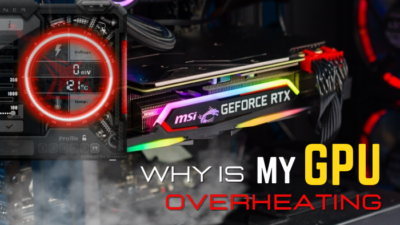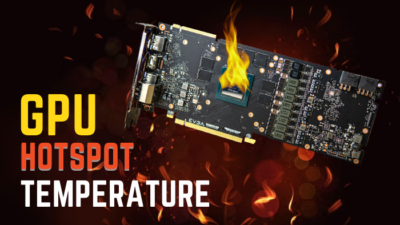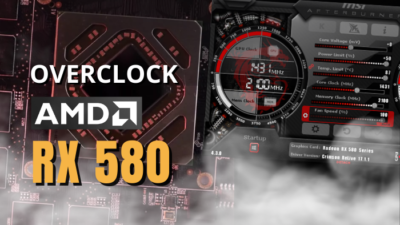Utilizing the Graphics card capacity of a computer to render images more quickly and smoothly is one of After Effects’ most powerful features. Activating GPU acceleration in After Effects can significantly increase efficiency and save you considerable time.
So, in this article, I’ll show you how to enable GPU acceleration in After Effects and what the advantages are.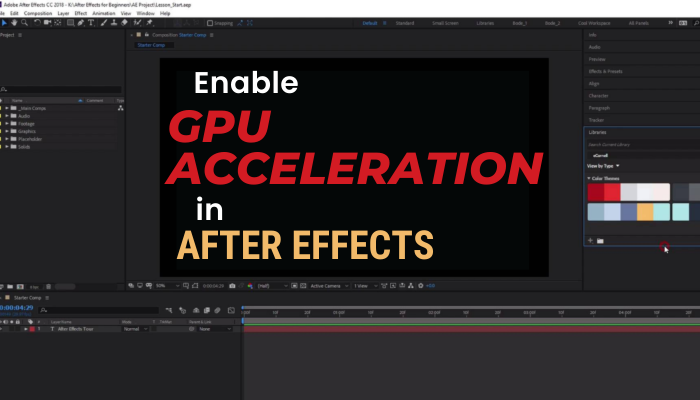
Let’s get started.
Go through our epic guide on what to upgrade first: CPU or GPU?
How to Enable GPU Acceleration in After Effects
Users must go to the File menu and Project Settings to activate GPU acceleration in After Effects. They must then navigate to the Video Rendering settings and Effects tab and change the User choice to Mercury GPU Acceleration from the menu.
Enabling GPU acceleration in After Effects is a simple procedure. Simply follow the steps below to find out.
Here are the steps to enable GPU acceleration in After Effect:
- Open After Effect.
- Go to the File and select Project Settings.
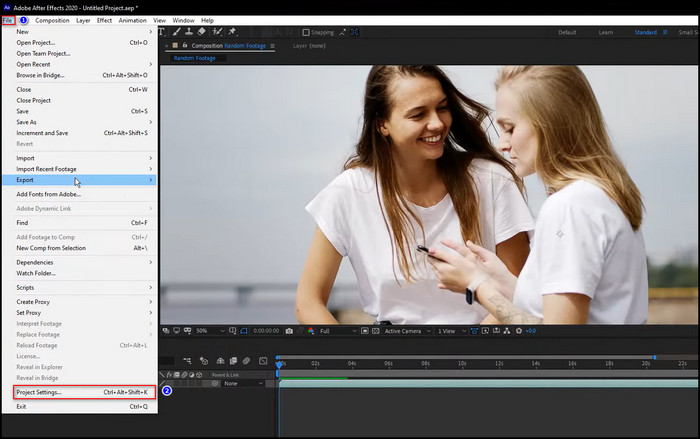
- Choose Mercury Playback Engine GPU Acceleration (CUDA) from Renderer settings.
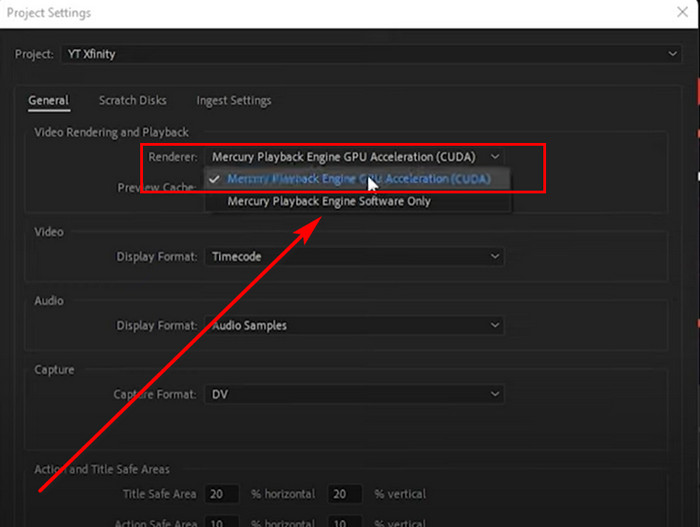
After you enable GPU acceleration, your After Effect animation will generate animation and effects using the graphics card’s power.
Read more on what does Ti stand for in GPU?
What is GPU Acceleration in After Effects?
GPU acceleration in After Effects is a process that enables After Effects to compile compatible repercussions using the Graphics card, which can substantially improve render speed. To render complex data, After Effects use the Mercury Playback Engine.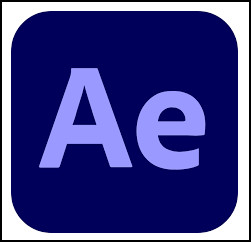
A Graphics card is a dedicated device designed to execute the intricate mathematical computations needed for visual and multimedia rendering.
Using a Graphics card, After Effects can render and evaluate videos more quickly and effectively.
After Effects generally employs a graphics processing unit (GPU) and a computer processing unit (CPU).
It enables real-time, better playback of the typical timeline. Graphics card effects and transformations can be played back instantaneously without processing.
Using OpenGL and CUDA technologies, After Effects implements GPU acceleration. OpenGL is an open-source graphics library for rendering 2D and 3D graphics, whereas CUDA is a parallel processing platform for accelerating computations with a Graphics card.
GPU amplification can sometimes result in GPU artifacting. Users must therefore exercise caution when using GPU amplification.
What are the Benefits of After Effect GPU Rendering?
The primary advantages of After Effect GPU renderings are real-time faster rendering and previewing of the changed effect, improved performance of the Mercury Playback Engine to fast results, and optimization to more efficient resource use.
There are other benefits of After Effect GPU rendering. Just follow the section below to find it out.
Here are some benefits of After Effect GPU rendering:
Faster rendering and previewing: GPU boost can substantially speed up the encoding and reviewing of recordings in After Effects, resulting in more effective work.
Improved performance: After Effects offloads complex procedures to the Graphics card to enhance speed and output stability.
Better visual quality: GPU acceleration enables higher-quality visuals and faster animations, which can enhance the visual appeal of your movies.
More efficient use of resources: By employing the Graphics card for computations, After Effects can spare your computer’s Processor for other duties, enabling more effective productivity.
Why is After Effects not Using GPU to Render?
Since After Effect mainly relies on the computer’s processing unit, After Effect does not use GPU to render. As opposed to the GPU, the CPU is the computer’s primary processing unit and is in charge of handling the majority of processing tasks.
The software’s structure is one of the chief factors why After Effects does not use a Graphics card to render. Because After Effects was designed as a 2D animation and post-production tool, it heavily relies on the Central processing unit for rendering.
While the latest models of After Effects have introduced 3D graphics and Graphics card acceleration, the technology’s underlying structure has stayed the same.
Another explanation for why After Effects could not use the Graphics card to create is the composition’s complexity.
It can be difficult for the application to unload all the processing to the Graphics card when a structure has numerous layers with substantial variation and properties.
Developers have put restrictions on After Effects’ GPU use because GPUs can sometimes overheat.
FAQs
Which GPU for Adobe After Effects?
All Nvidia GPUs are excellent for Adobe After Effects because they contain CUDA cores, which allows After Effects to use GPU rendering.
Is After Effects CPU or GPU intensive?
Overall, After Effects depends much more on your computer’s Processor than GPU due to After Effect’s heavy reliance on the computer’s central processor unit.
What GPU does AE support?
Adobe advises using a graphics device with at least 2 GB of VRAM, which would be the majority of modern GPUs.
Conclusion
For video producers and motion graphics designers, After Effects’ GPU acceleration feature has the potential to be a game-changer. The procedures described in this article make it simple to enable GPU acceleration and benefit from all its features.
If you have any questions or feedback regarding this topic, please drop your comment in the section below.

